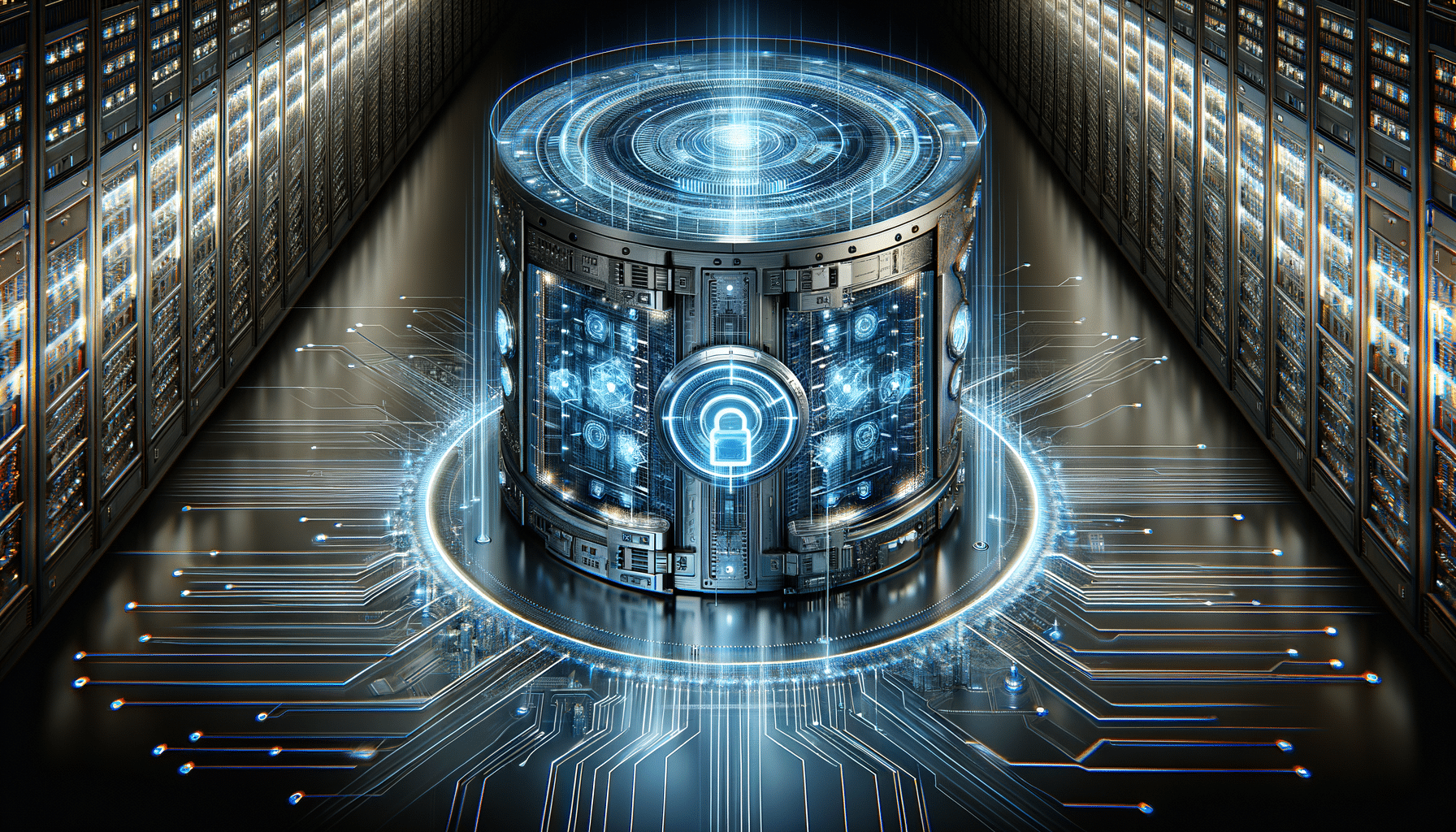
Safeguard Your Data with Advanced Cybersecurity Measures
Introduction to Cybersecurity
In today’s digital age, cybersecurity has emerged as a critical concern for individuals and organizations alike. The increasing reliance on digital platforms for communication, commerce, and data storage has made cybersecurity a top priority. Cyber threats are evolving rapidly, making it essential to implement robust cybersecurity measures to protect sensitive information. The importance of cybersecurity cannot be overstated, as it is fundamental to maintaining the integrity, confidentiality, and availability of data.
Understanding Cyber Threats
Cyber threats come in various forms, each posing a unique risk to digital assets. Among the most common are malware, phishing, and ransomware attacks. Malware, short for malicious software, includes viruses and worms that can damage systems or steal data. Phishing involves deceptive emails or websites that trick users into revealing personal information. Ransomware encrypts data and demands payment for its release, often causing significant disruption. Understanding these threats is the first step in developing effective cybersecurity strategies.
- Malware: Software designed to harm or exploit any programmable device or network.
- Phishing: Fraudulent attempts to obtain sensitive information by disguising as a trustworthy entity.
- Ransomware: A type of malware that threatens to publish the victim’s data or block access unless a ransom is paid.
Implementing Cybersecurity Measures
To safeguard against cyber threats, implementing comprehensive cybersecurity measures is crucial. This includes using firewalls, antivirus software, and encryption to protect data. Firewalls act as a barrier between your network and potential threats, while antivirus software detects and removes malicious programs. Encryption transforms data into a secure format, making it inaccessible to unauthorized users. Additionally, regular software updates and patches are essential to address vulnerabilities and enhance security.
- Firewalls: Protect networks by controlling incoming and outgoing traffic based on predetermined security rules.
- Antivirus Software: Detects and eliminates malicious software from systems.
- Encryption: Secures data by converting it into a code to prevent unauthorized access.
The Role of Cybersecurity in Business
For businesses, cybersecurity is not just a technical issue but a strategic one. A data breach can lead to significant financial losses, reputational damage, and legal liabilities. Therefore, businesses must prioritize cybersecurity by developing a comprehensive security policy, conducting regular risk assessments, and training employees on security best practices. By doing so, businesses can protect their assets, maintain customer trust, and comply with regulatory requirements.
- Security Policy: A set of rules and practices that regulate how an organization manages, protects, and distributes sensitive information.
- Risk Assessment: The process of identifying, evaluating, and prioritizing risks to minimize the impact of cybersecurity threats.
- Employee Training: Educating staff on cybersecurity risks and best practices to reduce human error and enhance security.
Future of Cybersecurity
As technology advances, so too do the tactics of cybercriminals. The future of cybersecurity will likely involve the integration of artificial intelligence and machine learning to predict and respond to threats in real-time. Additionally, the growing Internet of Things (IoT) presents new challenges, as more devices become interconnected and vulnerable to attacks. Staying ahead of these developments requires continuous innovation and adaptation in cybersecurity practices to ensure the protection of digital assets in an ever-evolving landscape.
- Artificial Intelligence: AI can enhance cybersecurity by automating threat detection and response.
- Machine Learning: Helps in identifying patterns and predicting potential cyber threats.
- Internet of Things: The network of physical objects that are embedded with sensors and software, posing new security challenges.
Conclusion: Staying Vigilant in the Digital Age
In conclusion, cybersecurity is an essential aspect of modern life, crucial for protecting both personal and business data from ever-evolving cyber threats. By understanding the nature of these threats and implementing effective security measures, individuals and organizations can safeguard their digital assets. As technology continues to advance, staying informed and proactive in cybersecurity practices will be key to maintaining digital safety and integrity.


